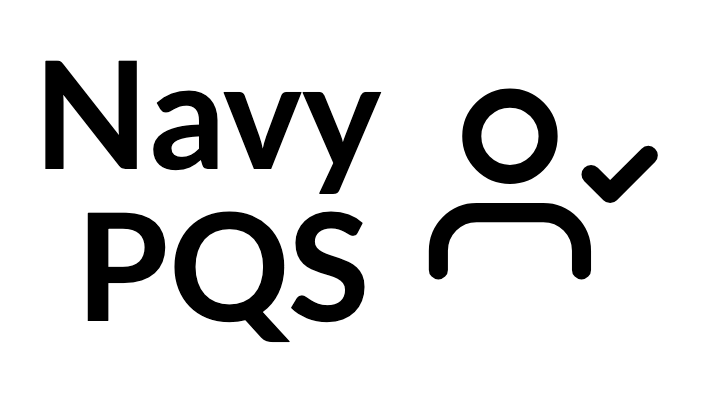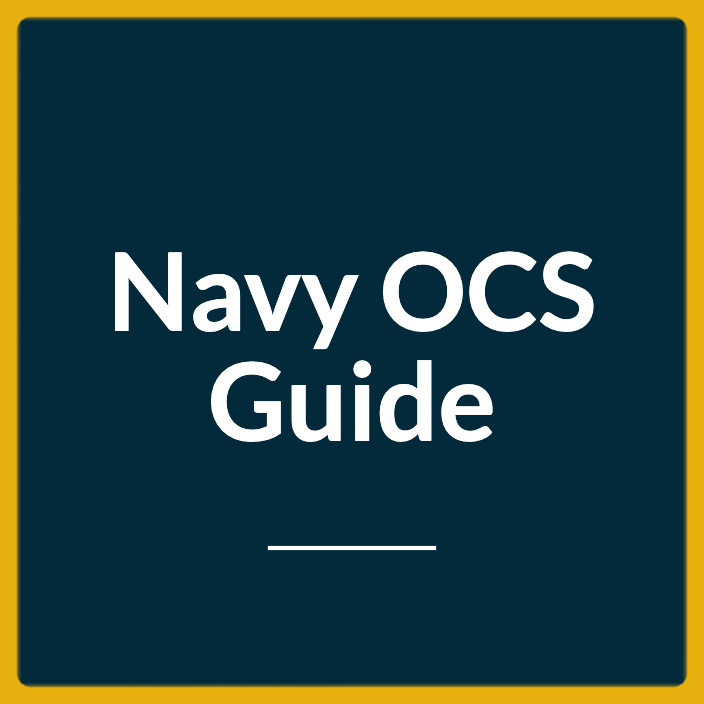Thinking about a Navy officer career? You’ll run into “PQS” fast. Short for Personnel Qualification Standards, it’s a core part of the Navy’s training and advancement system.
PQS isn’t just paperwork—it’s proof you’re ready. It shows you’ve mastered the skills, knowledge, and responsibilities needed for your role. No PQS, no progress.
This guide breaks down what PQS is, why it matters, and how it shapes a Navy career.
If you’re serious about moving up the ranks, pay attention—this is what separates those who qualify from those who don’t.
What is PQS: The Basics

PQS, or Personnel Qualification Standards, lay out the skills and knowledge Navy personnel need to handle specific tasks. It’s the roadmap for mastering your role. There’s a long list of PQS you can complete.
The goal: Make sure everyone meets the minimum competency level for their duties. That means tests, hands-on practicals, and scheduled maintenance checks.
These aren’t just boxes to check—they teach the right way to operate Navy equipment and systems.
How PQS Came Into Being
PQS is not just a Navy concept; it’s a cornerstone of all U.S. military branches. The system was formalized in the 1970s to standardize training and ensure that every service member could meet the same set of qualifications for a task (OPNAVINST 3500.34H).
The Importance of PQS
Career Advancement
Whether you are a seaman or an officer, your advancement in the Navy largely depends on your PQS completions. The more qualifications you have, the more versatile and valuable you are to the Navy.
The Navy PQS is a critical part of the advancement process in the United States Navy. It ensures that sailors are proficient in the skills and knowledge necessary for their rate or rank.
All personnel must complete PQS tasks in order to qualify for advancement or promotion.
PQS is also important for officers. Officers must complete qualification sheets for their rate, as well as additional qualifications, such as the Command Qualification Program (OPNAVINST 1412.14).
Job Security
Once you’ve achieved a certain rank in the Navy, your PQS completions become increasingly important. The Navy makes sure that personnel maintain their qualifications by conducting periodic reviews and audits. These reviews and audits ensure that personnel remain proficient in their jobs.
This system ensures that the Navy is always filled with qualified personnel, which helps maintain operational readiness and keeps the Navy competitive.
Skill Development
PQS is not just a box to tick; it’s a developmental tool that provides a structured learning pathway, equipping you with the skills necessary for your job and for handling emergency situations.
Standardization Across the Navy
With PQS, the Navy ensures that a certain minimum standard is met across all its ranks and roles. That way, when someone says they’re PQS-qualified for a task, it means the same thing whether you’re in the Pacific Fleet or the Atlantic Fleet.
The Structure of a PQS Package
Fundamentals and Systems
- Fundamentals: These are the basic knowledge blocks you need to have.
- Systems: More specialized knowledge about specific equipment or procedures.
Practical Factors
- Hands-On Tasks: You’re required to perform certain tasks to show you’re not just book-smart.
- Oral Boards: A viva-voce where you answer questions from experts in the field.
Tracking and Documentation
All PQS completions are thoroughly documented in your service record. An electronic version is often stored in the Navy’s training management system.
How to Complete a PQS: A Step-by-Step Guide
Step 1: Get the PQS Package
First, get the PQS package relevant to the task or role you’re aiming to get qualified for.
Step 2: Self-Study
Go through the material. This is where your commitment to mastering the content truly counts.
Step 3: Initials and Checks
As you complete each section, a qualified individual will sign off, stating that you’ve successfully shown the skill or knowledge.
Step 4: Final Qualification
After all sections are completed, you undergo a final evaluation, often including an oral board.
Step 5: Documentation
Upon successful completion, your PQS gets documented, making you officially qualified for the role or task.
Case Study: Surface Warfare Officer PQS
Take, for example, the PQS package for Surface Warfare Officers. It’s one of the most comprehensive and includes topics from seamanship to tactics. A 2019 study by the Naval Postgraduate School highlighted how effective PQS was in preparing officers for the Surface Warfare role. Officers who took the PQS seriously had notably higher performance metrics.
Common Challenges and Solutions
Challenge 1: Time Constraints
Solution: Prioritize your PQS alongside your regular duties.
Challenge 2: Complexity of Material
Solution: Use supplementary materials and seek guidance from mentors.
Challenge 3: Finding Qualified Signatories
Solution: Plan to ensure you have access to qualified individuals who can sign off on your PQS.
Why PQS Matters: The Bigger Picture
PQS is more than just a qualification system; it’s a cultural institution within the Navy.
It helps instill discipline, reinforces a commitment to lifelong learning, and fosters a sense of communal responsibility.
These are the very qualities that make the U.S. Navy one of the most formidable maritime forces in the world.
Get Signed Off
If you’re serious about a Navy career, PQS isn’t just another requirement—it’s the key to moving forward.
You know why it matters. You know how to get it done. Now it’s on you to put in the work.
Get qualified. Own your path. The rest follows.

